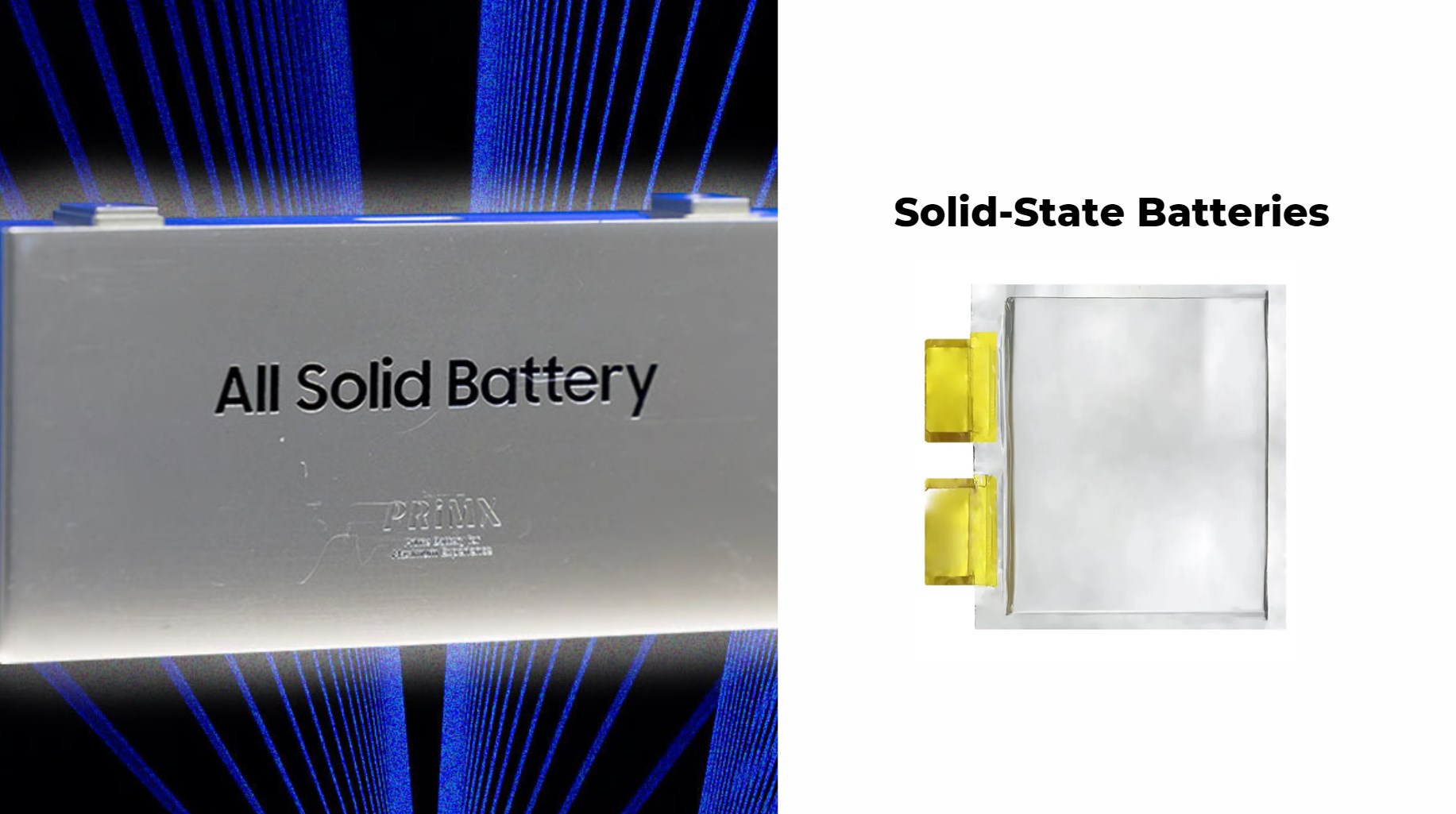Solid-state batteries represent a significant leap forward in battery technology, offering superior performance and safety compared to traditional lithium-ion batteries. The manufacturing processes for solid-state batteries are intricate and involve several specialized techniques that set them apart from conventional battery production. This article provides a comprehensive overview of the key manufacturing processes involved in creating solid-state batteries.
Manufacturing solid-state batteries involves several steps: preparing materials through precise mixing, layering solid electrolytes using techniques like tape casting, sintering to bond layers without melting them, assembling components carefully to avoid contamination, and rigorous testing for quality control. These processes are essential for producing efficient and reliable batteries at scale.
1. Electrode Production
Composite Cathode Formation
The production of solid-state batteries begins with the formation of the composite cathode. This involves combining solid-state electrolytes with cathode active materials to create a composite that delivers optimal electrochemical performance. The choice of materials and their ratios are crucial for achieving the desired battery characteristics.
Slurry Mixing and Coating
The manufacturing process starts with the preparation of a slurry, which is a mixture of active materials, solvents, and additives. This slurry is then coated onto current collectors, a process similar to that used in conventional battery manufacturing. The coating must be uniform to ensure effective performance and efficiency of the battery.
2. Solid Electrolyte Film Formation
Film Formation Techniques
The core of solid-state battery technology is the solid electrolyte film. Various techniques are used to form these films:
- Dry Processes: Methods such as tape casting or extrusion are employed to create thin solid electrolyte films. Tape casting involves spreading the electrolyte material into a thin layer, which is then dried and processed. Extrusion involves forcing the material through a mold to form the desired film shape.
- Wet Processes: In this approach, a solid electrolyte solution is poured into molds. Once the solvent evaporates, the solid electrolyte film is formed. This method is commonly used for polymer and composite electrolytes and allows for the creation of flexible and thin films.
3. Stacking and Assembly
Stacking Configuration
Solid-state batteries are assembled using a stacked configuration. Unlike liquid-based batteries, which can be wound or layered, solid-state batteries require careful stacking due to the rigidity of the solid electrolytes. This stacking ensures that the layers of electrodes and electrolytes are optimally aligned for performance.
Electrode and Electrolyte Layering
The layering of electrodes and solid electrolytes is a critical step in the assembly process. Each layer must be meticulously aligned to ensure proper contact and effective battery function. The accuracy of this layering impacts the overall performance and efficiency of the battery.
4. Sintering and Heat Treatment
Sintering Processes
After stacking, the battery components undergo sintering, a heat treatment process that fuses the particles together to enhance ionic conductivity and mechanical strength. Various sintering methods are employed:
- Cold Sintering: This method allows for lower temperature processing, which can improve efficiency and reduce production costs. Cold sintering involves applying pressure and a small amount of liquid to facilitate particle bonding at lower temperatures.
- Hot Sintering: This traditional method involves heating the battery components to high temperatures to achieve strong particle bonding. It is effective but can be energy-intensive.
5. Cell Conditioning
Final Assembly and Conditioning
Once the battery cells are assembled, they undergo a conditioning process to optimize performance. This involves charging and discharging cycles to ensure the battery operates effectively. Conditioning helps in balancing the cell’s performance and ensuring it meets the required specifications.
6. Quality Control and Testing
Performance Testing
Quality control is a crucial aspect of solid-state battery manufacturing. Rigorous testing is conducted to ensure that each battery meets performance standards. Tests include assessments of capacity, energy density, and safety metrics. These tests are essential for verifying that the batteries are reliable and perform as expected in real-world applications.
Challenges and Considerations
Material Handling
Solid-state batteries often use air-sensitive materials that require controlled environments, such as gloveboxes, to prevent degradation. Handling these materials with care is essential to maintain the quality and performance of the final product.
Scalability
Mass production of solid-state batteries presents challenges due to the specialized manufacturing processes and equipment required. Ongoing research aims to improve production efficiency and reduce costs, making solid-state batteries more commercially viable for widespread use.
Conclusion
The manufacturing processes for solid-state batteries involve a blend of traditional techniques and innovative methods tailored to the unique properties of solid electrolytes. From electrode production to film formation and final testing, each step is critical for producing high-performance and reliable batteries. As advancements in these processes continue, solid-state batteries are expected to become more accessible and prevalent, driving innovation in industries such as electric vehicles and consumer electronics.




